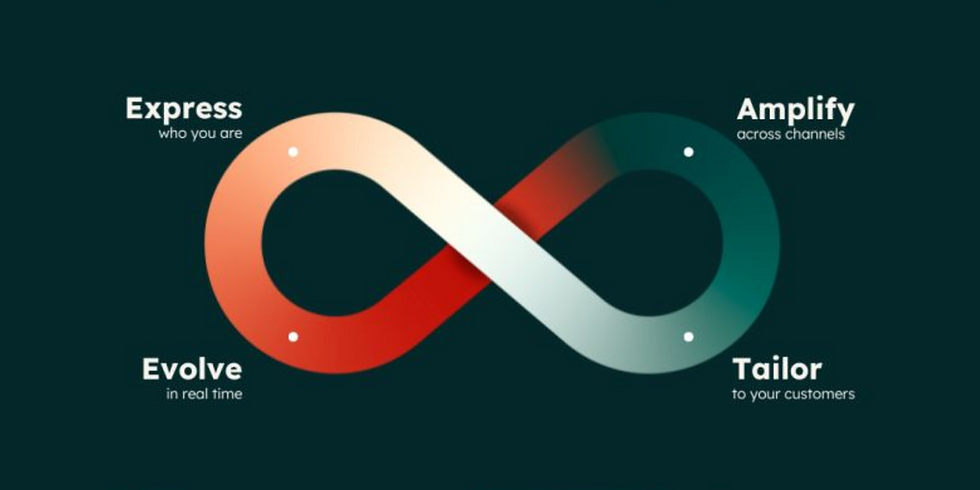HubSpot’s Case Study Generator Is in Beta—Here’s What to Know
- Elise Oras

- 6 days ago
- 3 min read
Case studies are one of the most persuasive tools in a marketer’s kit. But building them at scale? That’s another story.

Between scheduling interviews, wrangling quotes, tracking down actual results, and writing and editing the content, case studies are a heavy lift—especially when it’s not your team’s only priority. That’s why we’re paying attention to HubSpot’s new beta feature, a Case Study Generator, now available in Content Hub Professional.
The concept is simple: Upload your notes, transcripts, and/or CRM data, and HubSpot’s AI (powered by their internal toolset, Breeze) will generate a first draft of your case study. From there, you can edit, manage, and publish it all from right within HubSpot. You can also display your case studies in a public-facing library, complete with filters so users can search by industry or type.
If you’ve been sitting on customer success stories that never made it to your website, this might be your moment.
Why Case Studies Matter
Forrester’s 2024 report on global business buyer trust found that the top trust levers are competence, consistency, and dependability. In other words, your buyers want proof. They want to see that you’ve done this before, that you know what you’re doing, and that you’ll deliver.
Well-designed case studies hit all three of those points. They help buyers visualize success with your product, and they give your sales team the backup they need to move conversations forward.
But without a clear process, most companies only get around to creating one or two case studies a year. HubSpot’s new tool aims to remove those bottlenecks.
How HubSpot’s Case Study Generator Works
Now, this isn’t a push to automate content creation. If you have the time and resources, absolutely write your case studies the old-fashioned way. It’s likely to be higher quality. But if you’re short on time and want a jumpstart, HubSpot’s AI tool can help turn rough inputs into a usable outline or first draft. Think of it as your content team's first pass, not the final draft.
This might be helpful for you if:
You’ve got raw materials (calls, notes, emails) but not enough time to build case studies
You want to scale your social proof without stretching your creative team
You’re already using HubSpot and want to keep everything in one place
This might not be as helpful if:
You rely on long-form, highly designed case studies with deep narrative storytelling
You have a strong workflow already (think Notion docs, custom landing pages, and a shared drive of assets)
You want more control over visual presentation or page layout than HubSpot allows
Customization and Flexibility
The generator works like other native HubSpot tools (think blogs or knowledge base). You get a clean, pre-built template that includes all the sections you'd expect in a solid case study—results, customer background, key challenges, solution, and so on.
You can hide modules you don’t need and edit content easily with the WYSIWYG editor. And if you want more customization? A developer can tweak the template further to match your brand or layout preferences. But out of the box, it’s a smart, well-structured layout that works for most teams.
And since it’s still in beta, we wouldn’t be surprised to see HubSpot expand flexibility as more users adopt it.
Wheels Up’s Take
Like most AI-powered features, we don’t expect the output to be perfect. But it’s a solid starting point, especially if you’ve struggled to get even one customer story across the finish line this quarter.
For marketers who see trust as a content priority (and according to Forrester, you should), this beta could be worth a test. The feature is available now in Content Hub Professional. Learn more about it on Hubspot.com.




